What Wines for Thanksgiving Dessert? Sweet Selections
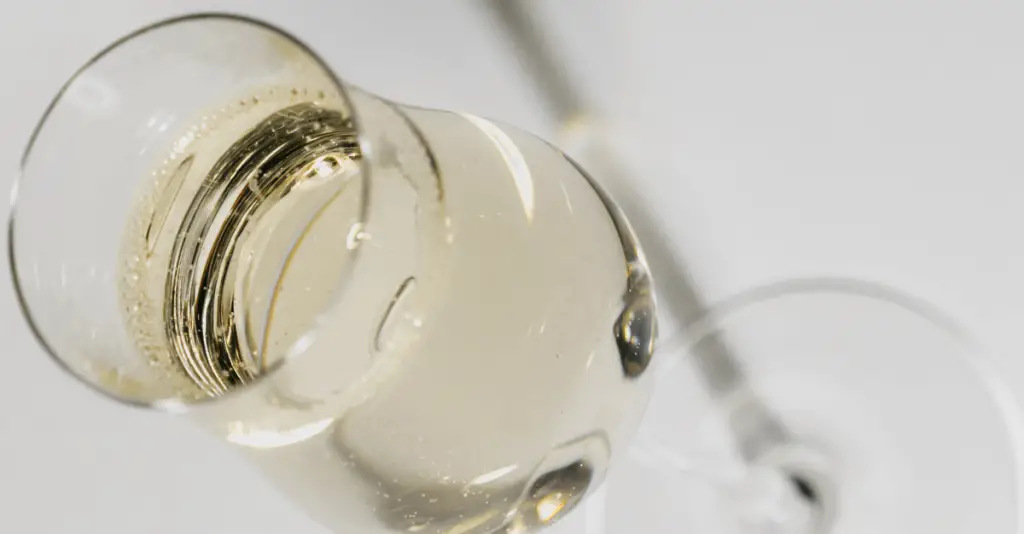
You’ve already paired your traditional Thanksgiving dinner wines, and now it’s time for the dessert wines. Sweet wines aren’t as popular today as they were in previous centuries so we tend to know less about them, but don’t let that intimidate you. Thanksgiving dessert is the perfect opportunity to find those luscious bottles and let […]
Best Halloween Wines: From Mulled to Bloody Bottles
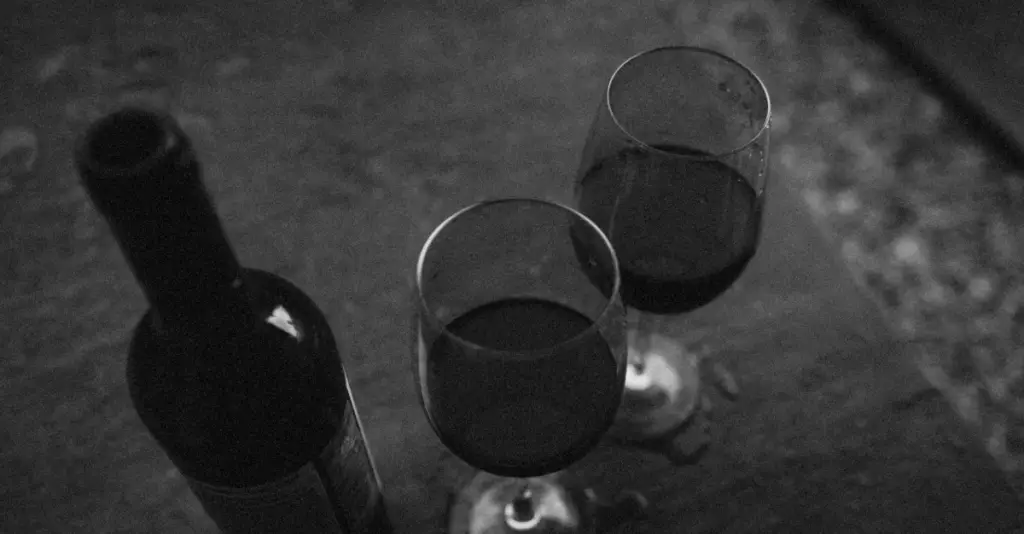
As the grapevine leaves turn golden and the air takes on a crisp chill, the time for Halloween festivities draws near. While ghouls and goblins prepare their costumes, wine enthusiasts embark on a quest for the best Halloween wines to delight their guests. The best Halloween wines are Port for chocolate lovers, fortified sweet dessert […]
Which White Wine Is Sweet: 14 Great Options
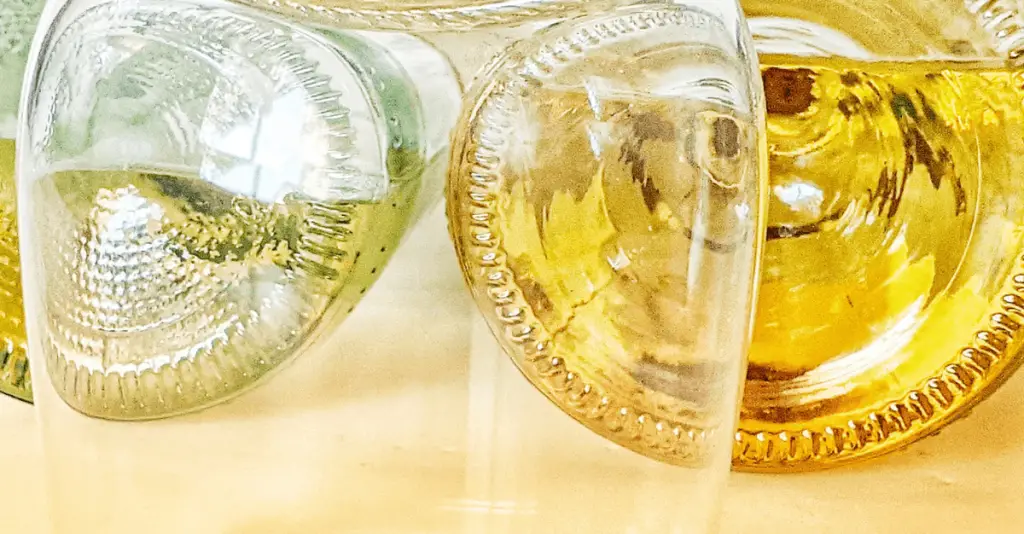
Individual tastes in wine are, well, individual. One of the enduring challenges when it comes to buying wine is that you have no idea what’s in the bottle if you’re new to wine. Here to help. There are sweet white wines like Liebfraumilch, Moscato d’Asti, Riesling, and Demi-sec Vouvray. Late harvest Riesling, Icewine, Sauternes, Passito […]
What Is a Good Sweet Wine for Beginners?

New wine drinkers figure out pretty quickly that the liquid in their wine glass doesn’t taste anything like grape juice. Good sweet wines for beginners include: Moscato d’Asti, White Zinfandel, Cabernet d’Anjou, off-dry Riesling, Vin Doux Naturel, Demi-Sec and Doux Champagne, Port, and Sauternes. Wines come in a range of sweetness levels, so you have […]
Entre-Deux-Mers Wine: Quick Guide

The Entre-deux-Mers AOC is the second largest appellation in Bordeaux in terms of hectares. The wines can only be white if made under the official appellation designation (AOC). Despite this, most grapes grown in the region are red and destined for red wine. The region makes entry-level Bordeux wines good for budget-conscious wine lovers and those getting started with wine.
5 Wine Resolutions for 2022
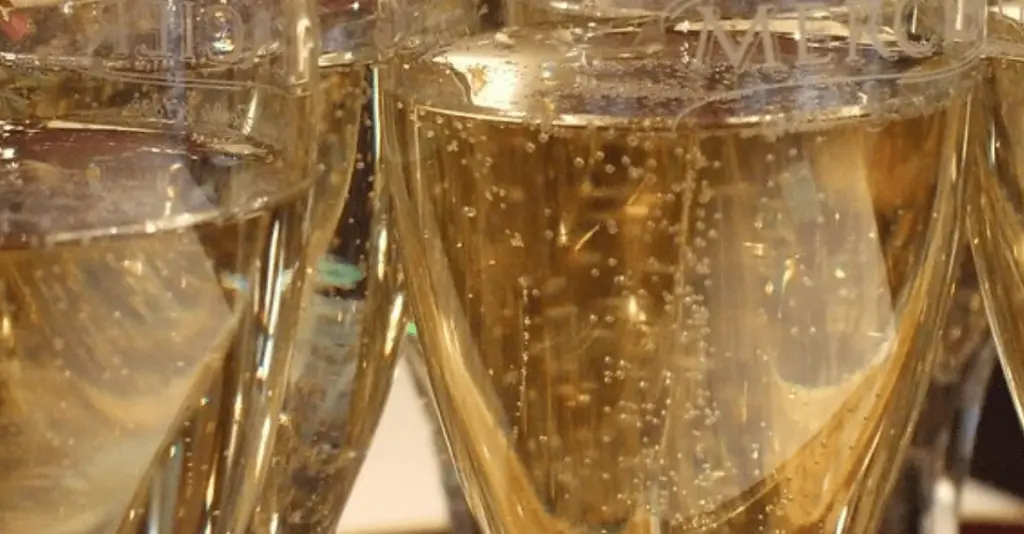
Here are my wine resolutions for 2022. Come take a peak. What are yours?
How Does Wine Fermentation Work?
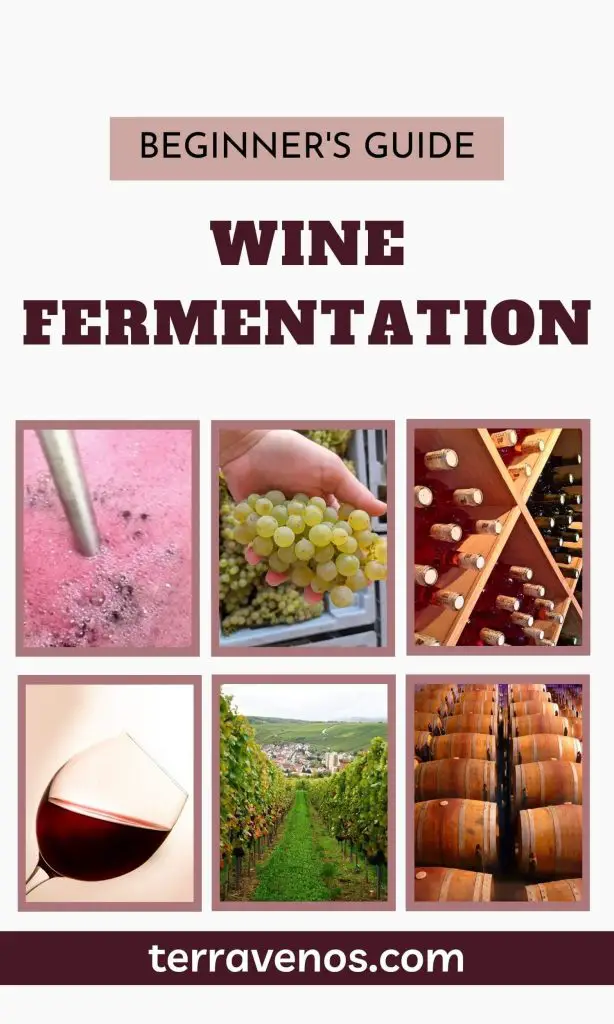
Yeast metabolize sugar in grape juice and convert it to ethanol (alcohol), heat, and carbon dioxide. When the yeast have consumed all of the sugar, you have wine! Here’s how wine fermentation works.
